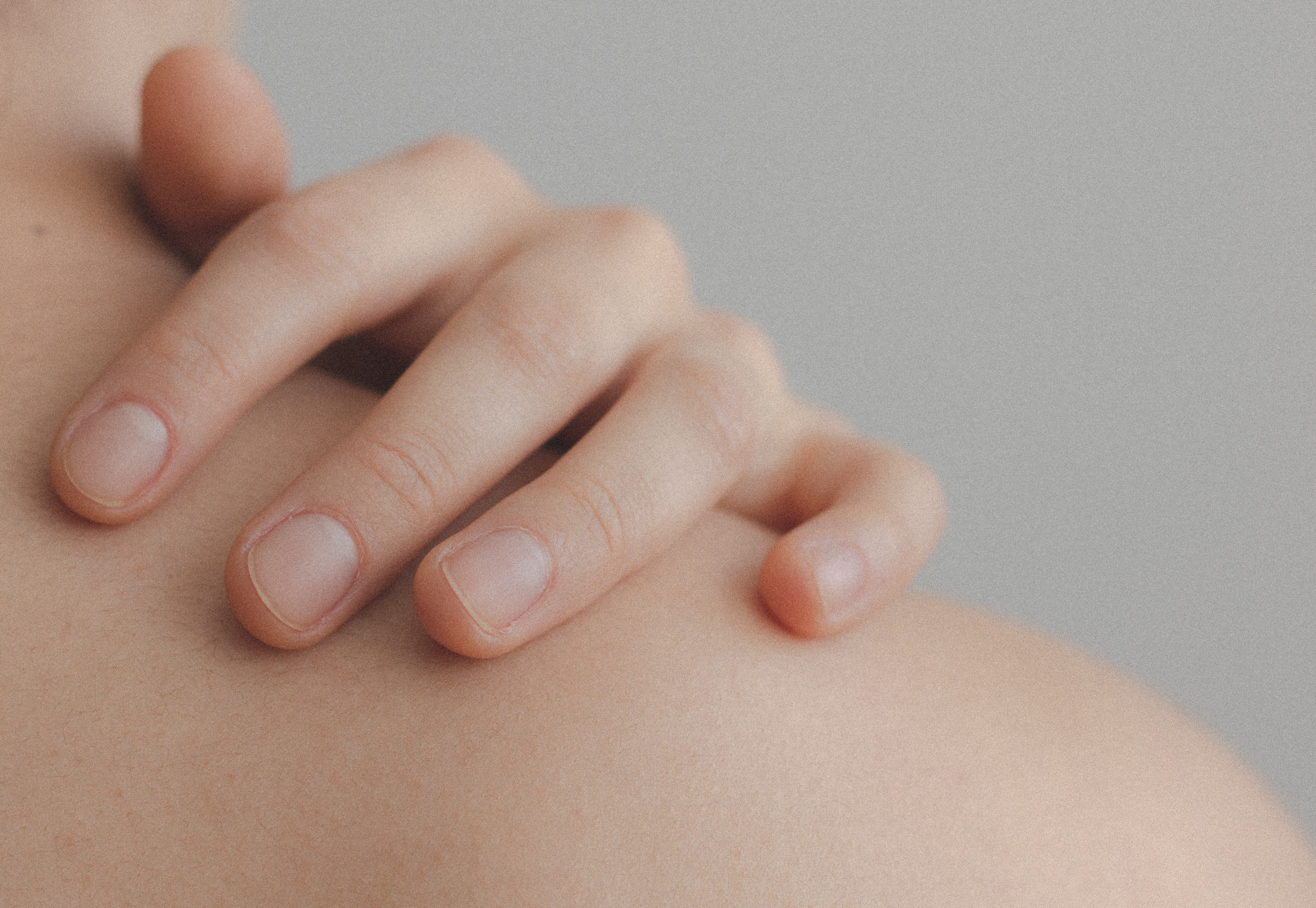
Take this skin quiz to find the best ingredients for your skin and build your skin care routine.
Take The Skin Quiz
Vitamin E is a supplement rich in antioxidants which help to neutralize the free radicals that affect your skin. Vitamin E is used to condition environmentally-exposed skin, help to keep the surface as intact as possible, as well as help with sunspots.
The National Institute of Health has documented the effectiveness of using vitamin E. There are eight types or forms of vitamin E, and the two most common are tocopheryl acetate and tocopherol, both of which are in many skincare products.
There are many ways to use vitamin E to help treat your sunspots, internally and externally. The recommended dose to take is 400 I.U. in the morning, as well as in the evening. You can also puncture the capsule and use the oil directly on the spots. Wheat germ is the most natural form of vitamin E, though the capsules are more common to use. A diet that is rich in vitamin E is beneficial, as well as adding vitamin C to your daily oral dosage. Using a serum that has vitamin E
Before adding vitamin E to your skincare, you should perform a patch skin test. In its pure form, vitamin E can cause a dermatitis-type of reaction. As stated before, it is best to use vitamin E on normal or even dry skin in comparison to sensitive skin, as you may suffer from some discomfort and topical redness. If you are acne-prone, be aware that oil may clog pores, so be sure to use the oil in conjunction with a good cleansing and exfoliating routine. Some studies have also shown that taking a dosage higher than 1200 I.U. may affect your metabolism and your body’s ability to absorb vitamins A and K. In some instances, vitamin E can have adverse affects on the skin when combined with Retinol and vitamin A.
By using vitamin E on your skin, you will get added benefits. Being an antioxidant, it helps to keep your skin smooth and the lipids fresh. It is excellent for helping to maintain balance, as well as helping to restore your skin’s natural barrier.
This unfortunate name comes from the craft tissue called crepe paper, which is thin and wrinkled. Crepey skin, therefore, refers to skin that is thin and wrinkled in appearance. Crepey skin typically appears as we age and our skin loses its ability to hold moisture to stay plump and firm. We also lose our ability to produce as much collagen as we age, which also contributes to thinner, less pliable skin. The likelihood of your skin becoming crepey as you age is determined, in part, by genetics as well. Smart skincare routines and lifestyle changes can help prevent areas of thin skin from becoming crepey in appearance.
To prevent crepey skin caused by sun damage, it’s best to moisturize daily and wear sunscreen. Additionally, antioxidants protect the skin from free radicals that damage cells and speed up aging. Ingredients and nutrients like rosehip oil, jojoba oil, peptides, red tea extract, retinol/vitamin A, coenzyme Q10, alpha-hydroxy acide and salicylic acid are all beneficial for preventing and reducing wrinkles. Collagen, ingredients that boost the production of collagen like vitamin C, and moisture barriers are all useful in plumping the skin and making skin firmer and tighter.
vitamin E may be effective for crepey skin, but there are many other factors that may affect whether this ingredient would work on your skin or if there are better ingredients that may work for you. Take this skin quiz to find the best ingredients for your skin and build your skincare routine.
Next: Does adaptogen work on cystic acne ?